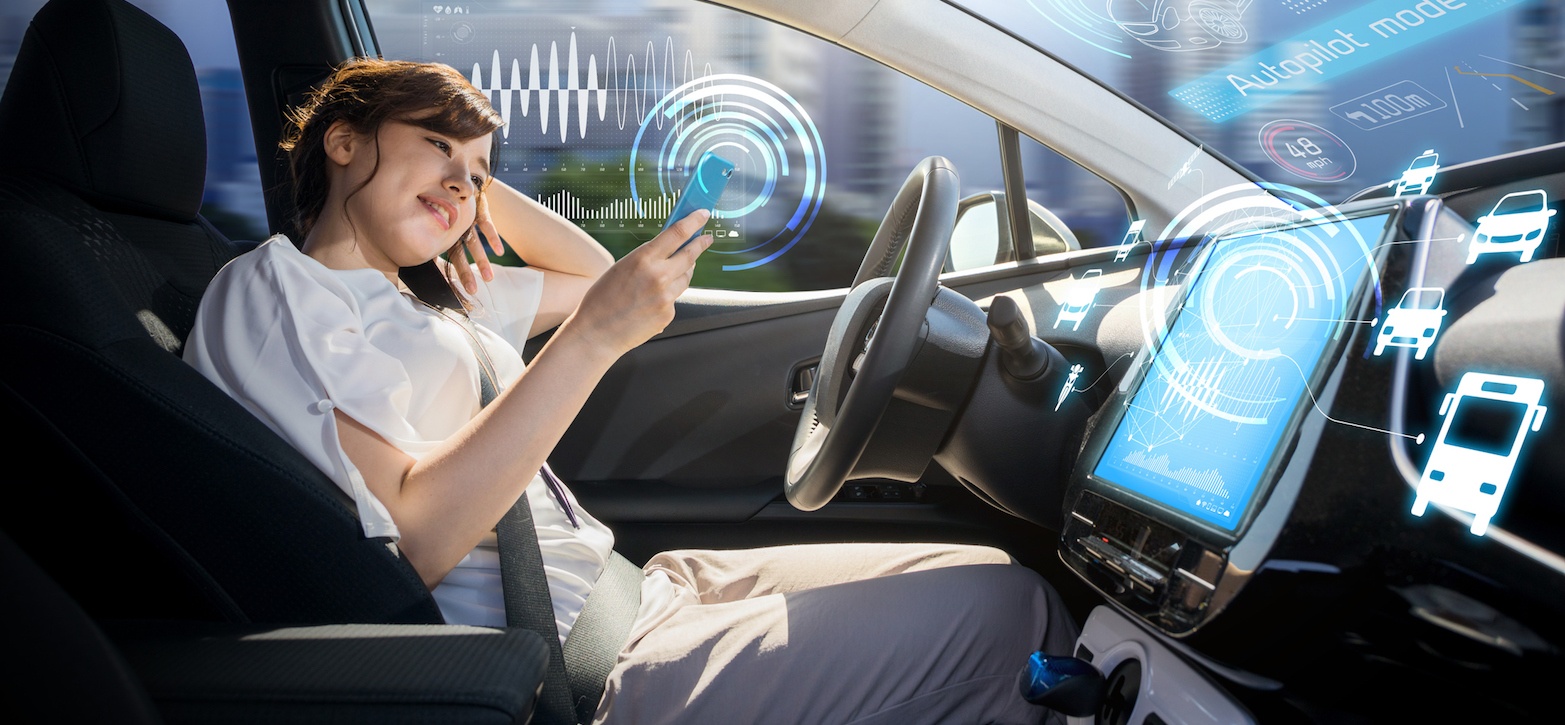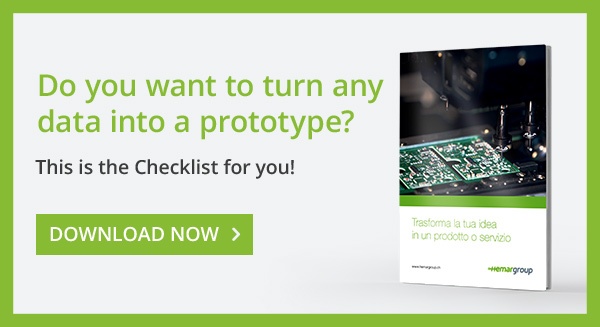
Digital transformation presents us with new challenges, but also with numerous opportunities, we know that very well at Hemargroup: let's see what the Internet of Things has to offer the startuppers and entrepreneurs of tomorrow. This technological platform is part of Industry 4.0 and inter-connects everything, not just computers and smartphones.
We are living through what is known as the Fourth Industrial Revolution and, thanks to the Internet of Things, we are designing new products and services. These include devices equipped with sensors and actuators that connect to each other or to the cloud and shape new behavioral, social, and consumer habits.
Let's look at an example: one of the new electronics businesses involves home automation.
Think of a smart refrigerator, for example. One of the smart sensors that we can easily install even on existing equipment is placed where the milk bottle is kept. The sensor is connected to the home Wi-Fi and generates notifications (e-mail, SMS, push), which can also be monitored by smartphone, every time the weight of the milk container drops below 250 grams.
This reminds us to buy milk as well as bread on our way home!
Sounds like futuristic, over-priced technology? Not so: many solutions like this are available today for nearly all budgets! Often you can even find free apps that are already able to offer very useful services, albeit with some limitations.
This is why dozens of companies in Europe and all over the world are designing smart products like these every day, which we will soon see on the market.
What will this industrial revolution be like (and already is like in many sectors)?
The pervasiveness of the IOT also extends to other areas, first and foremost that of communications; however, it also increasingly concerns challenges related to security and enabling technologies, as well as the algorithms that enable us to transform data into usable information and new business models.
Industry 4.0 is a continuously evolving process, a real industrial revolution that is transforming our production system and society along with it, and therefore the lifestyles of individuals as well.
Whereas other revolutions have been linked to a single main driver (steam power, mass production, and personal computers), the internet has a much broader impact, as it connects the real and online worlds, digital and physical systems, thus blurring boundaries and making dividing lines less clear and visible.
This establishes a link between the enormity of Big Data (and its dissemination via the internet) and the Internet of Things, i.e. all the devices that until yesterday performed purely local tasks (the refrigerator that keeps food cold and maybe has a freezer compartment), but which are now becoming smart enough to gather information and exchange it with other devices. The aim is to make human life easier, to automate repetitive processes and thus increase productivity, leaving people more time and energy to devote to other activities.
AI (Artificial Intelligence) is one of the most amazing drivers of Industry 4.0. It is a combination of hardware and software that intervenes in human life to simplify the complex systems that were created by the introduction of the internet, making our daily lives more fast-paced.
Just think of the process a consumer now goes through to buy something: going from the store to the website to find information, going back to the store to find the right clothing or shoe size, and then actually making the purchase in the online store at a major discount). From the point of view of companies, the sales process is changing: it involves more phases while also becoming increasingly automated. On top of that, production standards and the work of sales representatives are also changing. To keep up with the times, you need to innovate!
Digital transformation is also affecting companies from another perspective - that of robotics.
Robots are becoming increasingly human-like and perform repetitive or particularly boring or dangerous tasks, but that's not all: nowadays, they are endowed with senses increasingly similar to those of human beings. One example is the sense of touch, which enables them to perform even more delicate functions.
So, we have Big Data, the internet, and smart devices connected to each other and to devices like smartphones, tablets, and PCs. The result?
Changes in people's lives that are not only profound, but that above all happen at a rate unimaginable up to a decade ago and dictate new rhythms of life for people and new work rhythms for companies.
What will the next tech revolution be and how can companies position themselves ready for future business developments?
It is thought that the biggest surprises in this area will come from augmented reality. By definition, this is an enhanced experience of the real world around us that goes beyond what we can perceive with our 5 senses and is made possible by the use of electronic devices that provide additional information (and data). An example is Google maps, which can also be accessed from mobile phones and are now an irreplaceable guide for all of us. Another is the famous game Pokémon GO, which enables people to collect little monsters when they see them appear in the garden using their smartphone.
Orienting your business in line with prospects like this opens up significant future development opportunities for your company or startup: creating new apps is not just about end consumers.
In addition to creating apps aimed at the general public, new business prospects in electronics will also offer valuable opportunities in the military and healthcare sectors. Just think of systems that enhance vision: sights and satellite devices for targeting, night vision goggles, or special futuristic-looking glasses.
In the healthcare sector, augmented reality projects have enabled extraordinary results to be achieved, for example by enhancing surgeons' control and vision during operations. However, there are also future prospects in diagnostics, providing additional information compared to examinations done by humans and minimizing the risk of errors. Imagine robotic arms operated by surgeons thousands of kilometers away for specialist operations: the savings on travel expenses alone would justify the investment!
.png)
